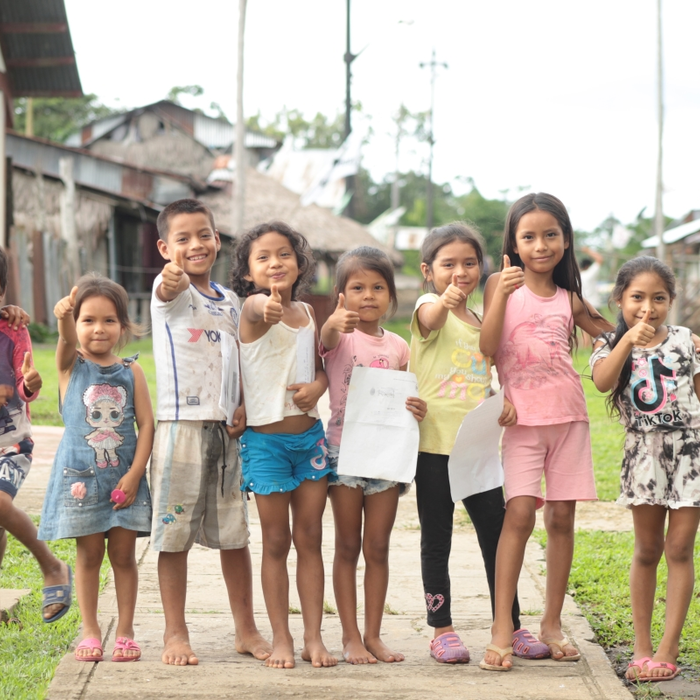South Sudan: Approaches to Delivering Primary Education During Conflict
 Photo Credit: Victor Lugala, DOC Specialist, USAID South Sudan
Photo Credit: Victor Lugala, DOC Specialist, USAID South Sudan
A total of 2 million South Sudanese children and youth do not attend school. Despite South Sudan’s Education Act of 2012, which dictates that primary education be free for all, the harsh realities of an ongoing civil war—including displacement, hunger, forced recruitment by armed groups and schools destroyed or occupied by combatants—has left South Sudan with the highest proportion of out-of-school children in the world.
Approximately 68 percent of the country’s children and youth remain out of school. And girls are disproportionately affected, with an overwhelming 76 percent not attending. What’s more, for those children who are able to access education, the quality is severely lacking. Only one-third of South Sudan’s teachers have been trained as teachers.
Delivering Primary Education During Conflict

Youth Access to Schooling and Psychological Support
To help South Sudanese children access safe and equitable basic education, USAID supports temporary learning spaces and psychosocial support. It also promotes peacebuilding and tolerance in Protection of Civilians sites on United Nations compounds and in community-based schools, that serve more than 50 counties across South Sudan.
USAID and UNICEF: Protection of Civilians sites
USAID works with UNICEF to support more than 400,000 children and out-of-school youth at the Protection of Civilian sites, based in Juba, Bentiu, Bor and Malakal and other IDP catchment areas across the country. Together they provide access to schooling, life skills and psychosocial support for students; build teacher capacity to manage crowded classrooms; train social workers on child protection and gender-based violence prevention; monitor attacks on schools; and organize peace clubs for youth in child-friendly spaces. Through this project, children have an opportunity to acquire basic literacy and numeracy in a supportive and safe environment.
USAID’s new flagship project, implemented by UNICEF, takes a holistic approach to what children and youth need to safely learn in South Sudan’s challenging conflict setting. The project incorporates education with protection, prevents gender-based violence and offers water, sanitation and hygiene services. It also creates what are called "zones of peace," where children are quietly and peacefully able to gain life skills and protect themselves from violence or injury while they receive education on reducing conflict among peers as well as peacebuilding activities. Without peace, the education of South Sudan’s children will continue to be a casualty of war. And without education, the future leadership of this country is in jeopardy, making peace and stability harder to achieve.
Rebuilding Communities through Rebuilding Schools

Duk County, located in central South Sudan, is one area severely affected by the current conflict, with many of its residents seeking refuge in neighboring areas. Some have since returned, while others are living in internally displaced persons camps in Ayueldit and Poktap villages.
Similar to education activities provided in other parts of the country affected by the conflict, USAID works closely with four communities in Duk County—Dorok, Ayueldit, Poktap and Patuenoi—to help them to recover, rebuild and strengthen their communities’ resilience. Each of these four communities has prioritized education as a development need and, as such, are working with USAID partners to rehabilitate four primary schools. The renovated classrooms and age-appropriate teaching and learning materials help foster a better teaching and learning process for teachers and students alike.
Enrollment in these four schools has increased from 2,771 to 3,090. Perhaps most notably, the safer, more secure learning environment also led to a 16.5 percent increase in girls’ enrollment in the rehabilitated schools. As more people are resettling closer to the schools, more children are expected to enroll.
“I heard of peace in this area; actually I got peace, food and education for my children...I am settling here for my young kids to access school easily within a short distance.”
Nyabil Wuor, an IDP in AyuelditRebuilding South Sudan’s primary education system is will take time, but it is not a dead end. This multi-pronged approach—of providing youth with the necessary support and tools, along with access to safe learning environments—is proving effective, and offers potential opportunities for success in other similar, conflict-affected areas.
Related Blog Posts

Unlocking a World of Learning

Exploring Three Resources in the PSS-SEL Toolbox
